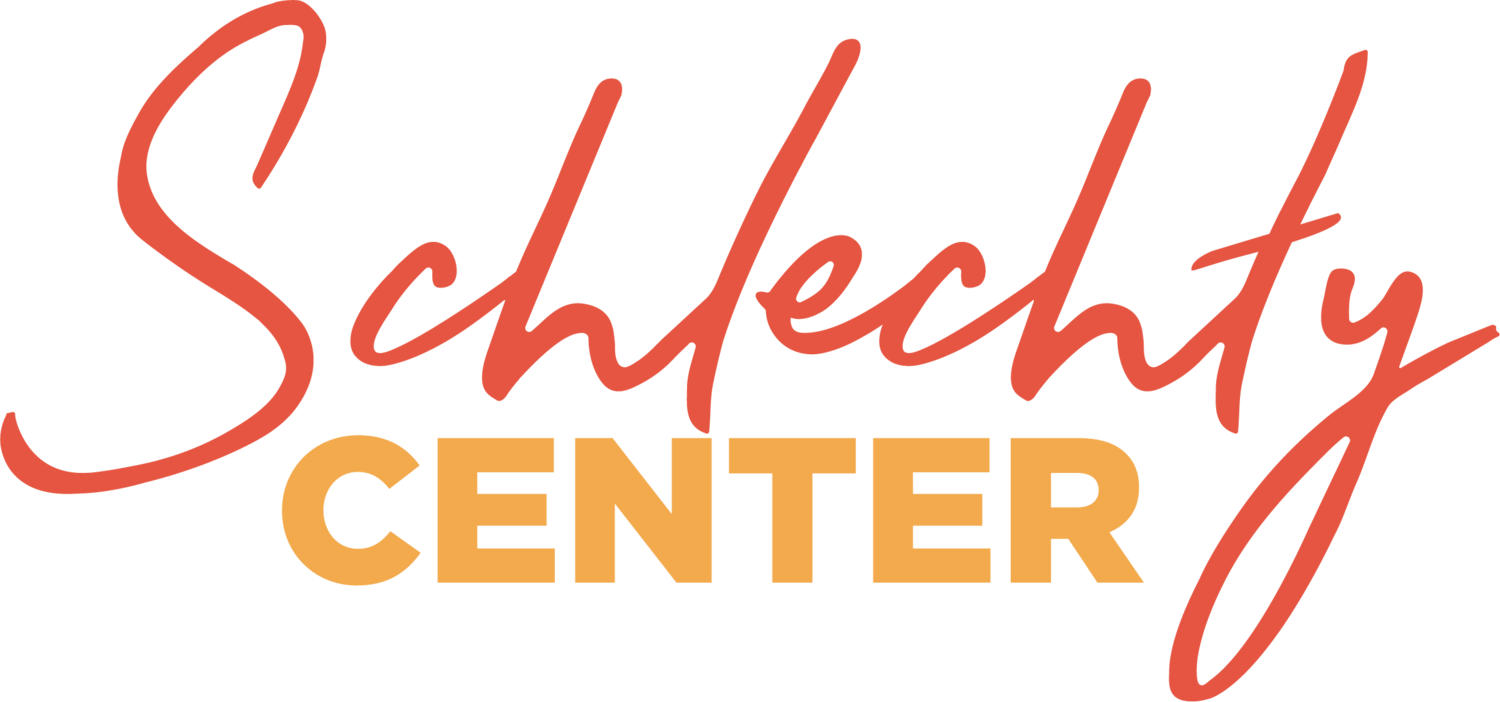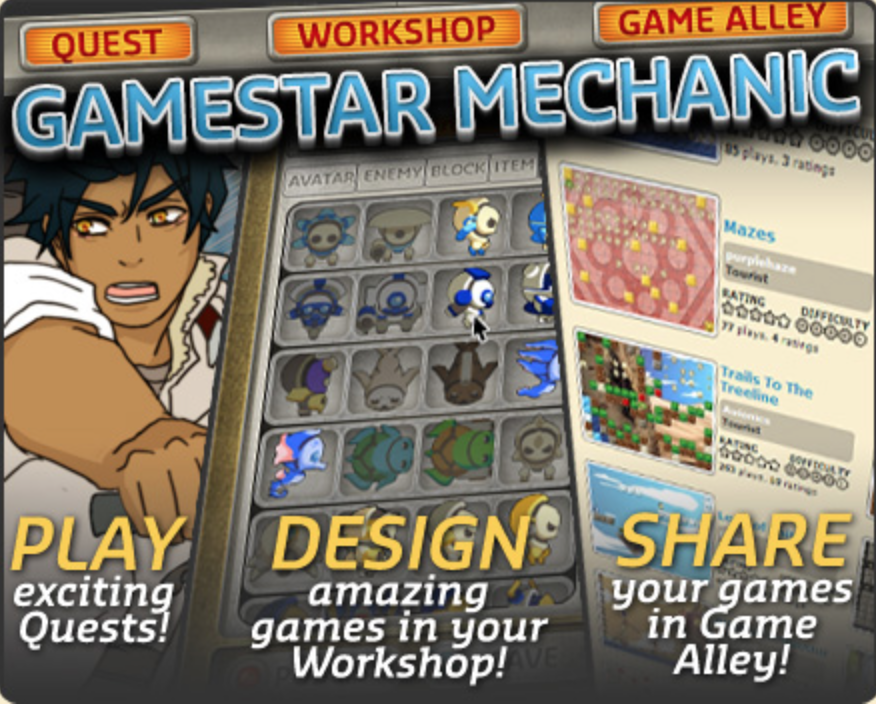The following is a guest blog by Dr. Roland Rios, Ft. Sam Houston ISD, San Antonio, Texas.
A few weeks ago, I was fortunate to attend one of Google's Texas Roadshows. It was a day-long event hosted here in San Antonio. Some incredible folks from Google conducted the event, along with our local hosts from Judson ISD. We got to hear about some future plans for Google Apps for Education, learn about the new teacher certification programs, delve deeply into the GAFE administrative console, and dialogue with other techies in the San Antonio area.
But the highlight of the day for this big 'ol geek was the chance to play around with the new Google Cardboard. Google Cardboard is a small cardboard viewing device that allows you to immerse yourself in virtual reality. All it requires is a Google Cardboard device, a smartphone (Android or iOS), and a compatible app.
If you've never experienced VR, you're in for a treat. In VR you "interact" with your environment by simply moving your head in the direction you want to view. The app responds as if you were in that location live. With Google Cardboard I was able to stand in front of the Eiffel Tower, take a look at Old Faithful, or journey through the Smithsonian!
There are a variety of Google Cardboard "endorsed" viewers to choose from. The Google Cardboard website has quite a few listed on their Get Cardboard page. And, they're CHEAP! Our district can buy directly from Amazon and I was able to find a slew of them there. One was listed at only $4.10! If you're really adventurous, you can even download printable instructions and make one yourself.
Once you have one, simply go to your applicable smartphone store (Google Play Store or iTunes) and search for "Google Cardboard." I use iOS and was able to find quite a few. Start with the "official" Google Cardboard app. Here are a few more I had some fun with:
Insidious VR - This is an immersive horror film app based on the hit film "Insidious." Note: I am a big chicken when it comes to scary movies and I didn't even get past the intro!
Volvo VR - Test drive a new Volvo XC90. This app really shows off the potential of VR!
Orbulus Mojo VR - This is an incredible collection of VR experiences from all around the world!
in360Tube - There are a slew of virtual reality videos on YouTube. This app helps you find them quickly. Note: The VR videos on YouTube can be played back in a variety of formats so they can work with different types of VR viewers. Tap the screen upon playback and choose the little icon that looks like Google Cardboard. Also, I noticed a glitch in the app. The search text box doesn't always clear and the clear text button doesn't seem to work. Just exit the program and jump back in.
Also, if you have an Android device, you can go to any location in Google Maps, go to Street View, and then double tap the icon in the lower right. It will split the screen and you can visit the location in VR using your viewer!
So the big question is ... how can we use this in the classroom? I think the possibilities are limitless. Clearly, there are opportunities to take students on "field trips" to museums and historical landmarks without ever leaving the classroom. I can imagine soon apps will pop up that will allow science students to go "inside" cells or visit planets. Google is just scratching the surface!
Image by othree (Google Cardboard) [CC BY 2.0 (http://creativecommons.org/licenses/by/2.0)], via Wikimedia Commons









